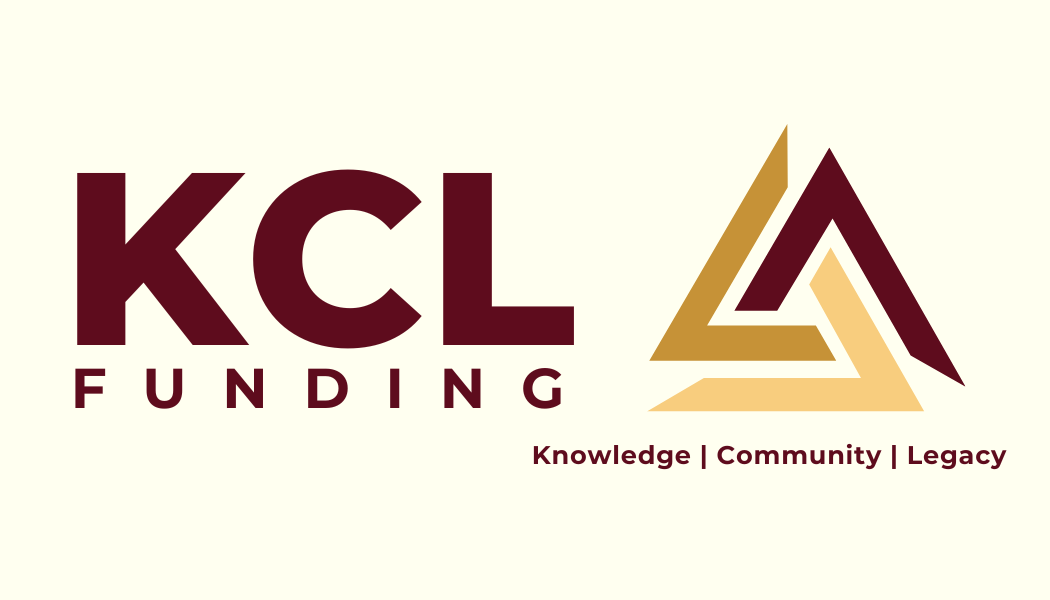FAQ
Why do I need a preapproval letter?
A preapproval letter is essential when making an offer on a home. It demonstrates to the seller that you have been vetted by a lender and have the financial ability to obtain a mortgage. This puts you in a stronger negotiating position and shows you are a serious buyer.
Why should I complete an application if I have not found a home yet?
Getting preapproved allows you to know precisely how much home you can afford before shopping. This will save you time by only looking at properties within your approved price range. You’ll also be able to act quickly when you find the right home since your financing will already be lined up.
Will this hurt my credit?
Unless absolutely necessary, I will always start your application with a Soft Credit Pull, which will not affect your credit score or even show up on your credit report.
Does the application lock or commit me to the loan?
Don’t worry at the preapproval stage, the application is simply a way to collect your information in order to provide you with the most accurate estimate or your future home affordability.
Does being preapproved guarantee I'll get the loan?
No, preapproval is not a final loan commitment. Once you have a property picked out, the lender will need to verify your financial details and appraise the home before giving final approval.
Is there a fee for getting preapproved?
There is no upfront fee for completing an application!
What if my credit isn't great?
Even with imperfect credit, you may still have loan options available. I will look at your full financial picture to match you with the best possible loan program and suggest steps for improving your credit if needed.
